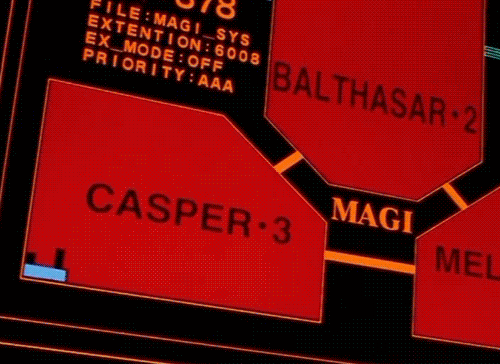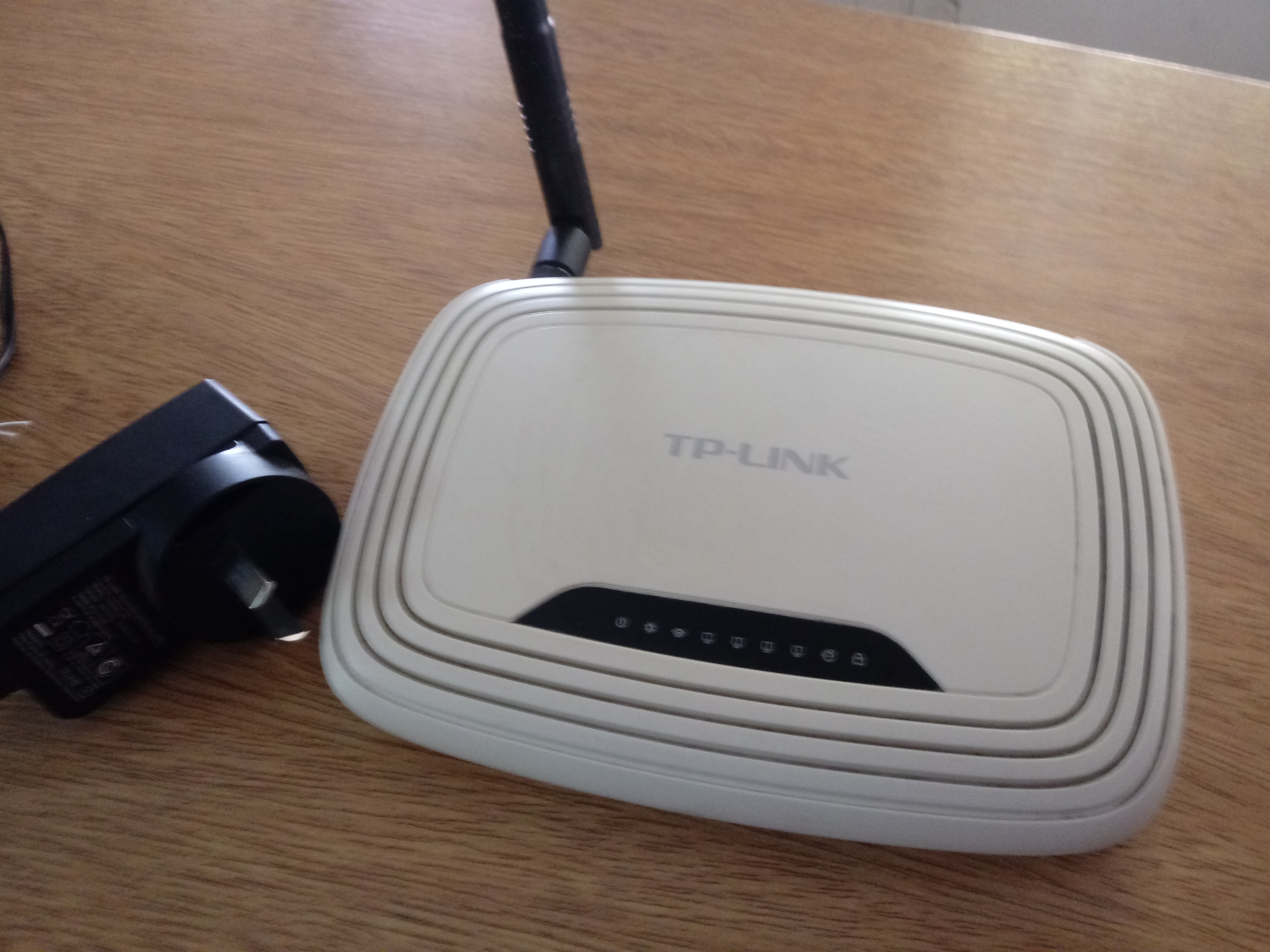
After helping a couple of friends to solve their problems with their routers/hotspots and having to replace one of my routers myself, decided that was a good idea to share a few tips of when could be a good idea to replace your router.
Routers… this ubicuos device has become a vital part of our connectivity to Internet, if this device doesn’t work correctly it’s don’t matter how much speed your internet provider is giving you, you are not going anywhere.
But how to know if my router is failing or needs a change? First, let´s take in consideration a few things:
Are you using it connected to it by an Ethernet cable or Wi-Fi?
It’s the router provided by your ISP Company or it’s one that you bought yourself to expand your network or wireless area?
How much time the device spends powered up? 24/7 or just a few hours per day?
It works fine with your regular devices but it don´t want to accept new ones and assign them IPs?
It suffer from random drops or inconsistences in the navigation velocity? Or directly stops working?
The first question is relevant also for diagnostics porpoises, since you always loose speed and response times when using Wi-Fi over an Ethernet cable, it’s my personal option to always use cables and avoid wireless unless it’s necessary like the wireless bridges I have set up across my house.
If you suspect that you internet is going slow or drops often, a first site to test that out is Fast.com or SpeedTest, these pages are extremely simple and it’s going to tell you download speed plus important additional info like ping and upload speed. Here captures of my own results for my 100 Mbps service:
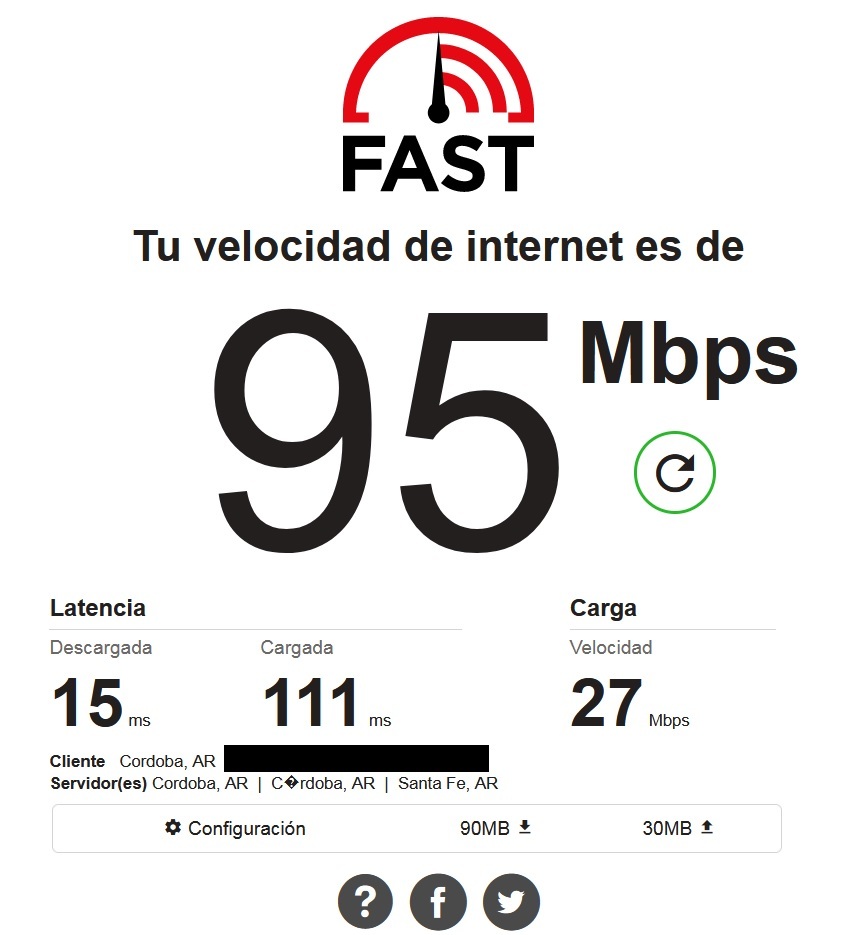

To start, if you are using Wi-Fi, try to test the connection with an Ethernet cable, it’s always better for this situations. If that is not an option, try to be as close as possible to the router. The speed while being connected to the router with the Ethernet cable should be the full speed provided by your ISP, even if your computer is not very fast.
If the average that these pages gives you is way off of what you in theory should be getting while being connected directly to the router or sitting next to it, it’s time to track down the problem.
So, where to start if we detect a problem? First, a classic, have you tried to turn it on and off? No, really, there is a reason for this… a lot of times the routers provided by the ISP hangs over the connection due to inactivity, problems in their service or the router being running for long periods of time.
If a slow internet problem goes away by doing this, it’s not the time to claim victory yet. You have to test that the speed remains consistent or in the case of Wi-Fi how much distance from the router us need before it fails or get really slow. If the connection starts to fail again shortly after the restart or just by taking a bit of distance from the router, we have a couple of things to check.
It’s only the wireless connection giving problems or also the Ethernet one is failing? This is to discard that you could be suffering interference from another sources or your very home when trying to use Wi-Fi.
If both the Wi-Fi and the Ethernet fails we are having a problem, of course could be a problem with your service that needs attention from the company like problems with the external cables or antennas going to your house, assuming that they checked and everything else is corrected, maybe asking them for a new router is a good idea if the problem keeps repeating itself in a short time.
But why can this happen? Like every piece of electronics that use electricity to work, it can end damaged by some problem with the current or just use, if your router is on 24/7 the average is between 3 to 5 years for them to start losing steam, capacitor goes bad, heat deteriorate the board, etc.
Another way to tell is the router could have a fault is to check for its temperature, don´t worry for anything fancy, just touch it and if it feels way more hotter that it should that could be indicating a problem, especially in the third party ones that are pick up the signal from the ISP router with Ethernet cable or a wireless bridge. In that case can you check if when it’s cold it works fine and the problem start once the temperature increase?
This was the case for a friend using a Hotspot that was basically cooking itself and failing when it reached an overheat point. Similar to a failure that one router provided by my ISP started to present about one year ago after several years in service and was changed by them once we confirmed that the moments when that router was going down didn´t match with any problems in my area with their service. Of course I confirmed that was that router and not my owns before starting to pester the company ;)
Extreme example, this quite old Encore ENHWI-G3 from my collection (recovered from a bin), you can see how baked this poor device is especially in the bottom part (that matchs with the location of the decolarion on the top side). I tested the unit and still lives, but you can cook an egg over it, so it don´t last long working fine.

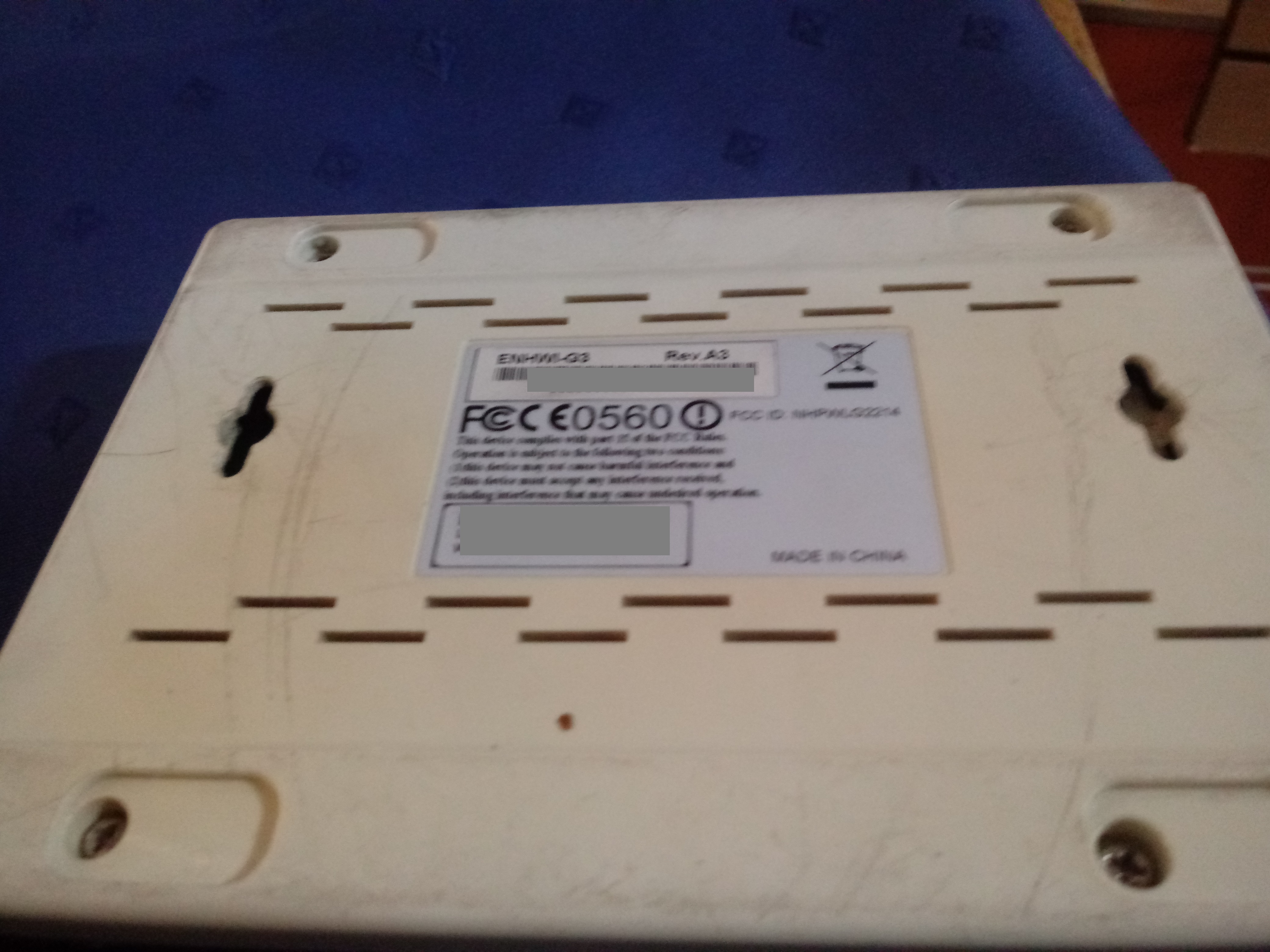
Maybe the router works fine, but if you try to hook another device it don´t give you an IP address unless you restarted. This can happen from time to time, but if starts to happen EVERY time that could be also a sign of problem.
What about random drops in the velocity? You can test this by powering off your router for a couple of minutes and restarting, if the problem returns immediately or returns after a bit without any other reason that is another sign of the router asking for a change.
This was the case for one my routers, the TL-WR741ND 150 Mbps Wireless N Router pictured at the start of the post, was in use for around 8 years, it started to get “cranky” about letting new devices connect without restarting and suffered from random hangs up in its connectivity with the rest of the network, not helped for the fact of being located in the far side of the house regarding the main router. The problems become so regular and acute that ended being rather unusable.
This TL-WR940N 450Mbps Wireless N Router is working now as its replacement.

When the router is not the culprit? Well, not always the router is going to have a problem, if we are speaking of wireless connections having a problem where there was none before could be a location problem. Did you change the placement of the router? There is some change in the house big enough to cause interference, like a new wall or a wall that was removed? Did you relocate the computer or console that is now having problem from its usual place to a new one?
This may sound silly but sometimes moving from one room to another can change dramatically the level of signal that you are getting. You can check that by comparing the speeds show by Fast.com from one room to another and additionally using an App like Wi-Fi Analyzer to see the signals levels. Without entering in too much details you can see how my routers levels changes when I´m in different parts of the house, starting the path where the main router is until the other side.

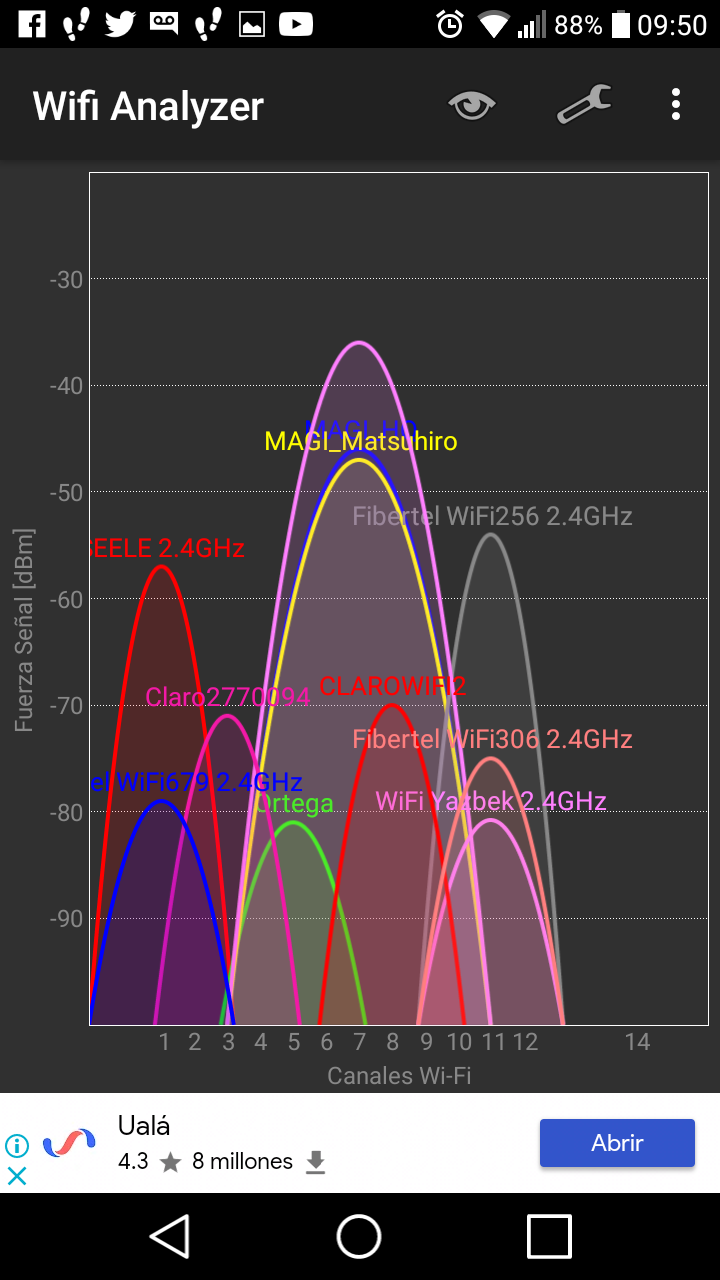
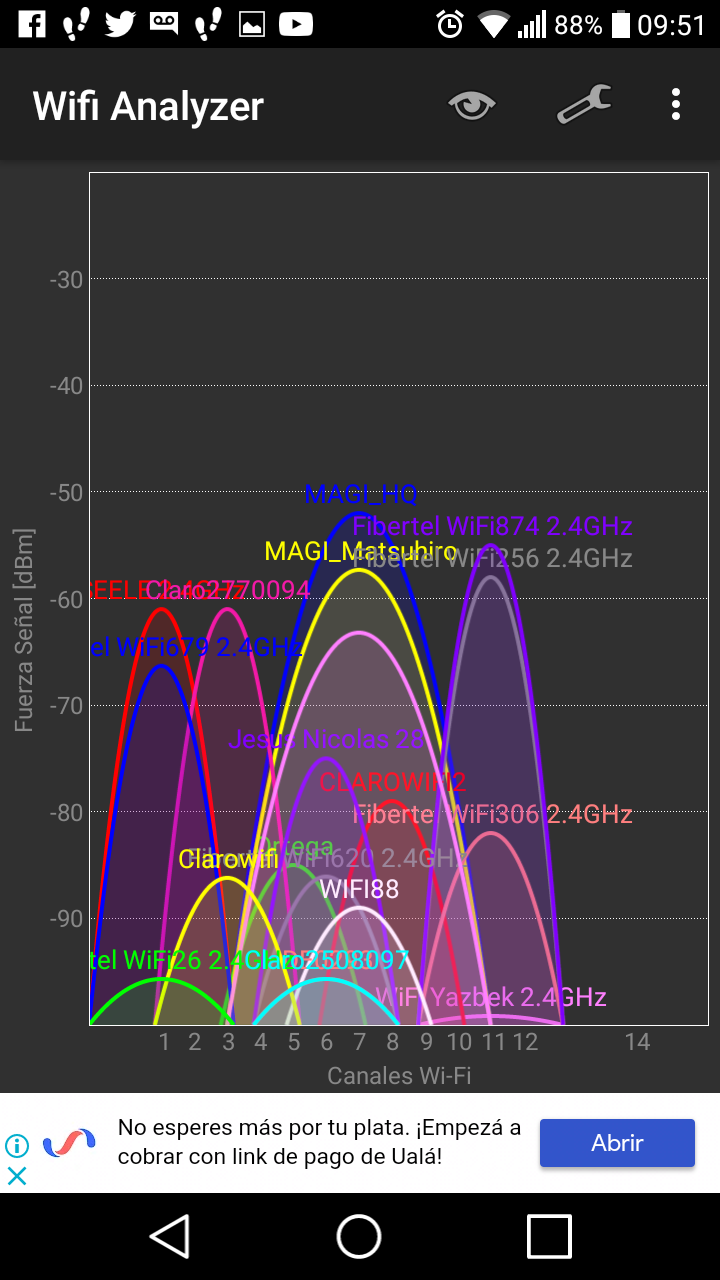
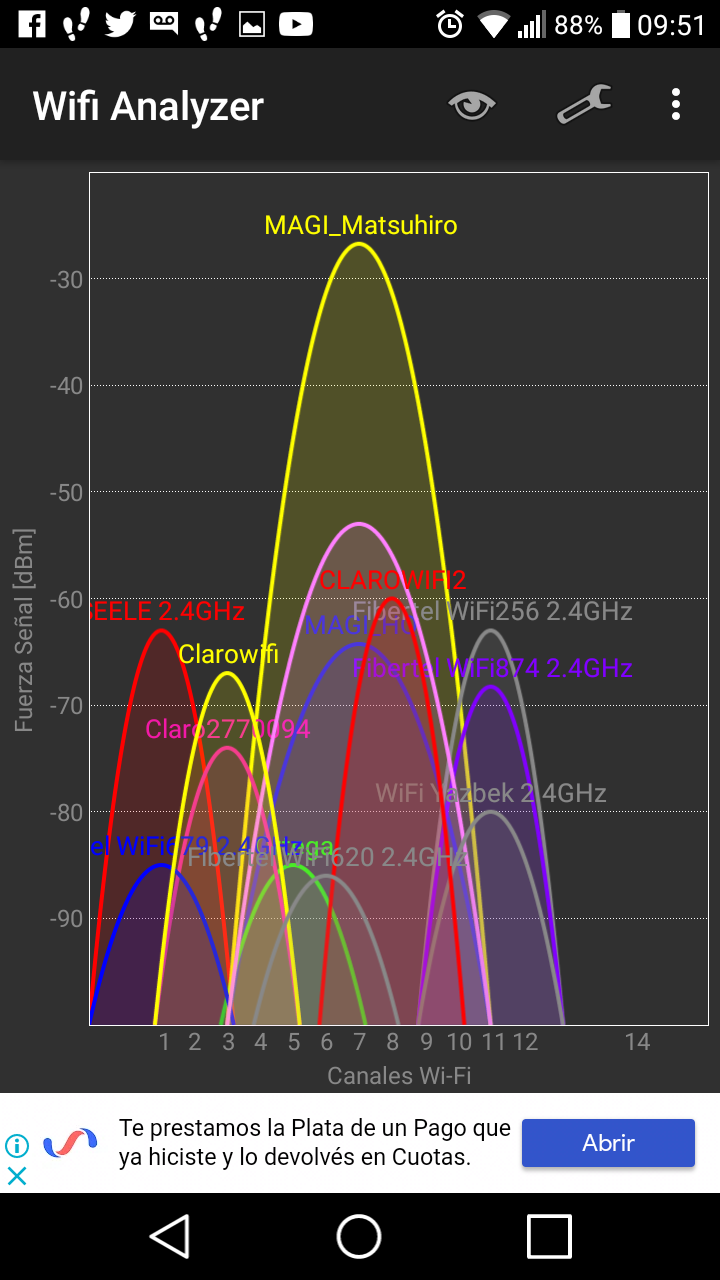
For any anime fans there, you can tell which are mine thanks to the names making references to Neon Genesis Evangelion (SEELE and MAGI). The MAGI ones are third party ones that I use to expand my network, both TP Link brand plus the unnamed one that is very old Noga Net that is not transmitting a radio name since I use it only to have Ethernet connections on my lab but it connect with the main router with a wireless bridge in repeater mode.
An additional reason to change your router is speed… for example you may have an old third party router that only reaches 150 Mbps, like my old 741 but you change your service to something that goes beyond that, then you are going to need to change since it would be incapable of taking advance of all the speed.
Additionally, newer models usually are fitted with 2 or 3 external antennas, while older models a lot of times don´t have more than one. The ones provide by the ISP a lot of times only have internal antennas, the reason for that is 1. They are cheaper. 2. There is one less dangling bit that people can break or easily alter.
This is also a good moment to mention that usually you are going to prefer using a third party router to manage your network instead to one provided by your ISP since the configuration of this units is usually limited or directly closed to the users. So you are going to have the router of your ISP mainly for trivial non-work related Wi-Fi and to give internet signal to your main router with an Ethernet cable like in my case.
Note Regarding Security
Of course, is worth to mention that you may also want to change your Wi-Fi password if you are been using the same one for a long time or maybe you have share it a lot. Also is recommend to change the password for the routers itself from the default “admin/admin” to something else. And never share the MAC address or other identifier details of your routers over open internet.
I hope everybody enjoyed the post and see you all in the next one!
